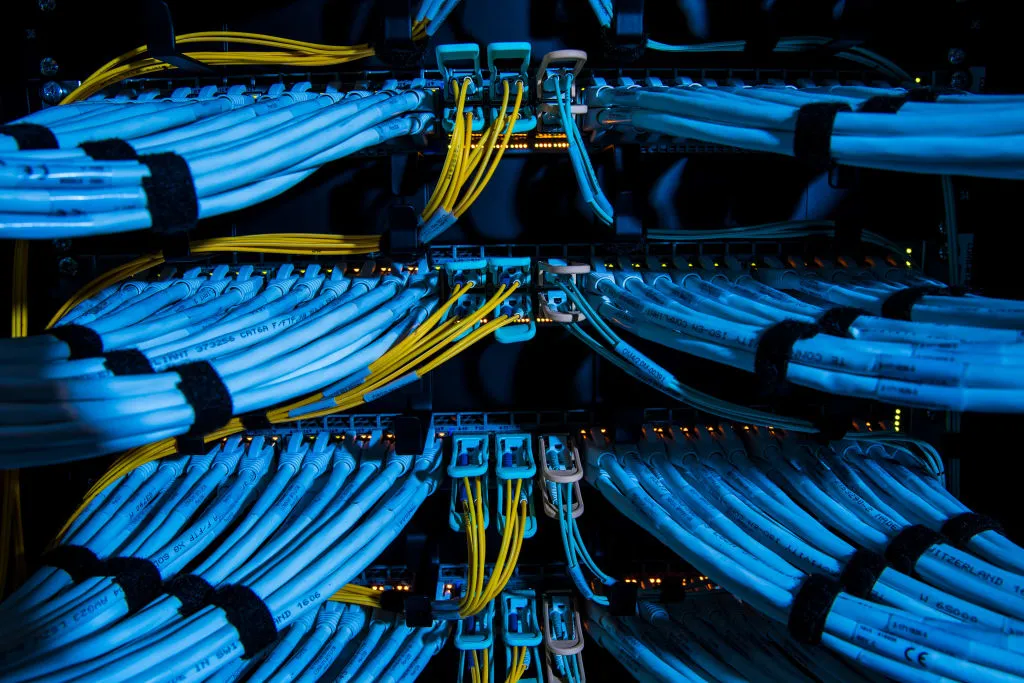If there’s any query about whether or not knowledge facilities are driving the worldwide financial system, a brand new report from the Worldwide Power Company ought to dispel any doubts. This 12 months, the world will spend $580 billion on knowledge facilities, $40 billion greater than it is going to spend on new oil provides.
“This level of comparability supplies a telling marker of the altering nature of recent, extremely digitalized economies,” the company mentioned within the report.
Electrical energy consumption from AI knowledge facilities is anticipated to develop fivefold by the top of the last decade, doubling the entire utilized by all knowledge facilities at present. Standard knowledge facilities can even eat extra vitality, although the rise gained’t be practically as dramatic.
Totally half of that demand progress is anticipated to happen within the U.S., the IEA mentioned, with the majority of the rest occurring in Europe and China.
Most new knowledge facilities are being developed by giant cities with populations exceeding 1 million folks, the company mentioned. One half of these within the pipeline are at the very least 200 megawatts, and most are being constructed close to different knowledge facilities.
“This fast construct out of information facilities — particularly in clusters and round city areas — comes with challenges,” the IEA wrote. “Grid congestion and connection queues are rising in lots of areas, and connection queues for brand new knowledge facilities are sometimes already lengthy.”
In some markets like northern Virginia, grid connection waits could be so long as a decade. In Europe, Dublin has paused new interconnection requests fully till 2028.
Techcrunch occasion
San Francisco
|
October 13-15, 2026
The availability chain for the grid is one other pinch level, with cables, vital minerals, gasoline generators, and transformers delaying upgrades, the company mentioned.
Some corporations, like Amperesand and Heron Energy, are engaged on solid-state transformers, which promise to be a major improve over the century-old expertise that at present manages components of the grid. They’ll combine renewables extra deftly, react swiftly to grid instabilities, and might deal with a variety of conversions. However first deployments are at the very least a 12 months or two away, and it’ll take some time to ramp up manufacturing.
The IEA expects renewables to provide the vast majority of new knowledge heart energy by 2035, no matter whether or not nations keep their present insurance policies or extra aggressively pursue decrease emissions. Photo voltaic, which has come down in value considerably in recent times, has turn out to be a selected favourite of builders.
Over the following decade, round 400 terawatt-hours of electrical energy for knowledge facilities will come from renewables, whereas pure gasoline will provide round 220 terawatt-hours. If small modular nuclear energy crops ship on their guarantees, the IEA expects they’ll contribute 190 terawatt-hours to knowledge facilities.
{content material}
Supply: {feed_title}

